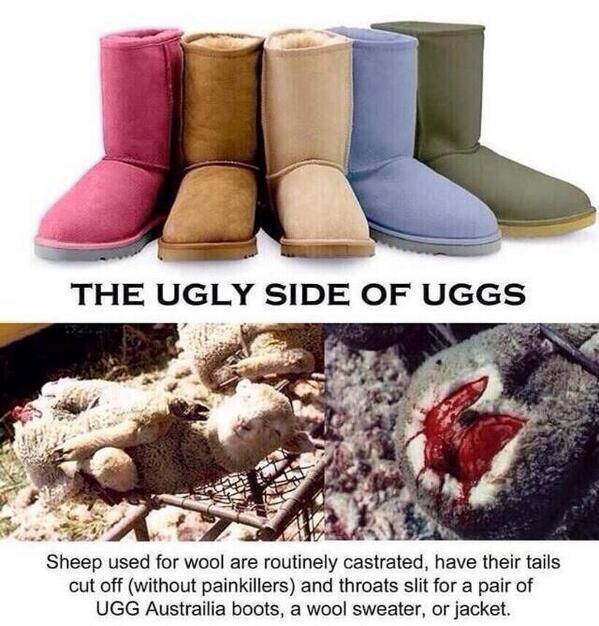In the modern era, where consumer choices abound, the debate surrounding ethical consumption has become increasingly significant. Among the myriad of products that claim comfort, warmth, and luxury, down comforters, drums, and sandals frequently emerge as subjects of scrutiny in discussions about animal welfare. Are these items guilty of perpetuating animal cruelty? This question invites a careful examination of the materials used in their production, the industry practices that underpin them, and the ethical implications of consumerism.
Down comforters are a staple in many households, revered for their unparalleled warmth and lightweight comfort. Crafted from the soft, fluffy underfeathers of ducks and geese, down has become synonymous with luxury in bedding. However, beneath this façade of comfort lies a troubling reality: the acquisition of down often involves egregious animal welfare concerns. The process of obtaining down typically entails the plucking of feathers from living birds, a practice known as live-plucking. This inhumane method inflicts considerable pain and distress, leading to physical injuries and long-lasting psychological trauma for the animals involved.
Moreover, the lack of stringent regulations in many countries exacerbates the situation. In regions where animal welfare laws are lax, the down industry can operate without accountability, prioritizing profit over the wellbeing of animals. It raises an unsettling question: how can we justify the immense suffering of sentient beings for the sake of our personal comfort? As consumers, we must reconcile our desire for luxury with the ethical implications of our purchases.
In contrast, the production of sandals, particularly those made from animal-derived materials such as leather, fur, or exotic skins, presents an equally complex moral quandary. Sandals often epitomize casual, carefree living, beckoning relaxation and ease. Yet, their comfort is frequently underpinned by processes that contribute to animal suffering. Tanning, a common method of leather preparation, often involves the use of toxic chemicals that pose risks not only to the environment but also to the health of workers and animals alike.
Moreover, the demand for exotic leathers has led to devastating consequences for wildlife populations. Species such as alligators and snakes are hunted relentlessly, their populations decimated in pursuit of fashion trends. By sporting footwear made from animal skins, consumers indirectly endorse practices that threaten biodiversity and contribute to the extinction of vulnerable species. It poses a moral conundrum: is our pursuit of fashion worth the incalculable suffering inflicted upon animals?
Sandals, adorned with decorative elements, have often been marketed as symbols of a lifestyle emphasizing freedom and individuality. Yet, beneath this aesthetic appeal lies a deeper societal fascination with hedonism, characterized by a blatant disregard for the intrinsic rights of non-human creatures. This fixation on personal satisfaction raises poignant philosophical questions about the value we place on life—both human and animal. Are we, as a society, willing to commodify the lives of others for our pleasures?
To further complicate matters, the proliferation of synthetic alternatives presents a dual-edged sword. Some manufacturers have embraced eco-friendly materials, claiming to reduce the reliance on animal-derived products. Indeed, these innovations represent progress and a shift toward sustainable practices. However, one must remain vigilant, for not all synthetic materials are created equal. The production of faux leather, for instance, often involves plastic derivatives that contribute to environmental pollution and microplastic proliferation. Thus, while seeking alternatives to down comforters and animal-leather sandals, consumers must continuously weigh the ethical and environmental impacts of new materials.
Alongside individual choices lies the responsibility of the industries that supply us. It is imperative for companies to adopt ethical sourcing practices and invest in humane treatment standards for animals. Certifications such as the Responsible Down Standard and the Leather Working Group exist to encourage more responsible practices, yet consumers must actively pursue brands that prioritize animal welfare. Transparency is a crucial aspect of ethical consumption; if companies can’t or won’t detail their supply chains, then consumers have every reason to question their commitment to humane practices.
Sustainable and ethical living begins with informed choices. As we consider down comforters and sandals, we must examine our own values and the impacts of our decisions. The allure of comfort should never eclipse the imperative to prioritize compassion. Engaging in ethical consumption means challenging our preconceptions and fostering awareness of the consequences our choices wield upon innocent creatures.
As awareness of animal welfare grows, it is vital that we understand the weight of our collective purchasing power. Our preferences shape industries, and the demand for cruelty-free products can drive positive change and encourage more ethical practices. Moreover, it is essential to ask critical questions when shopping: Where does this product come from? What ethical considerations have been made in its production? Does it contribute positively to the welfare of animals or the environment?
In conclusion, down comforters, drums, and sandals serve as poignant exemplars of the ethical dilemmas embedded within consumer culture. They present an opportunity for introspection regarding our values and the profound implications of our choices. As we navigate a world rife with moral uncertainties, let compassion guide our decisions, ultimately leading to an existence where comfort does not come at the cost of suffering. Only through such conscientious living can we hope to cultivate a more humane world for all beings.








